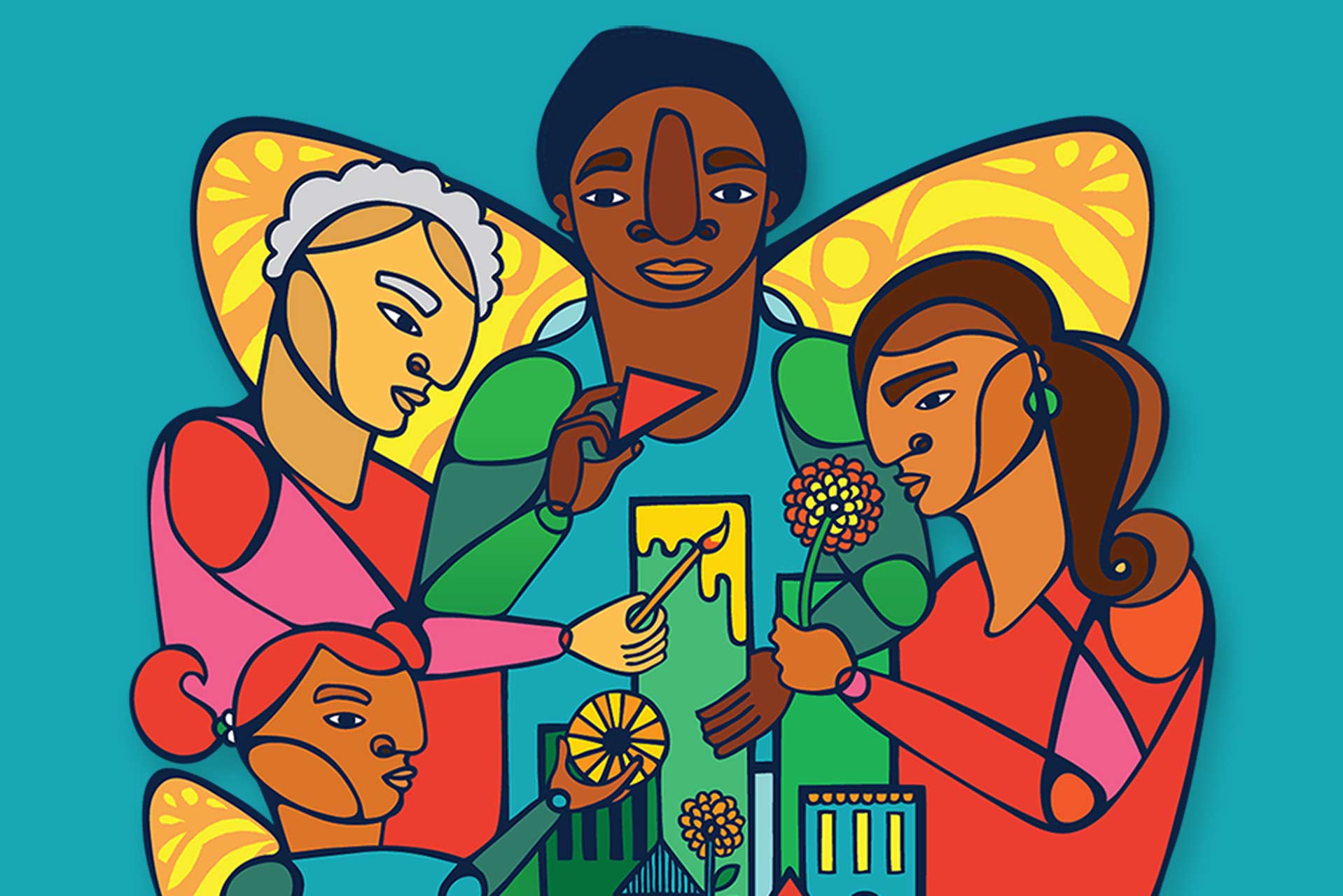Community-Centric Fundraising (CCF) is more than a buzzword—it's a movement. CCF shifts the focus from individual missions to the greater good of the community. If you're ready to embrace equity and social justice in your fundraising efforts, this article is for you.
Table of contents
What is Community Centric Fundraising (CCF)
The meaning of community-centric fundraising is rooted in equity and social justice, prioritizing the community over individual, organizational missions.
The CCF model focuses on the community first, promoting a feeling of togetherness and mutual help among nonprofits. It's all about looking at the bigger picture and working together for the greater good.
10 Community-Centric Fundraising Principals
- Fundraising must be grounded in race, equity, and social justice.
- Individual organizational missions are secondary to the collective community.
- Nonprofits are generous and mutually supportive.
- All community members, whether volunteers, staff, donors, or board members, are equally valued.
- Time is valued equally as money.
- Nonprofits treat donors as partners, embracing transparency and difficult conversations.
- Nonprofits foster a sense of belonging, not othering.
- Everyone (donors, staff, funders, board members, volunteers) benefits personally from engaging in social justice work – it's not just charity and compassion.
- Social justice work is holistic and transformative, not transactional.
- Healing and liberation require a commitment to economic justice.
How You Can Use CCF at Your Nonprofit
Nicole Hoffman suggested these 7 tips to operationalize CCF at your organization.
- Commit to a cultural shift in how you and your organization think about fundraising.
- Continued personal learning and unlearning are crucial for understanding why change is necessary.
- For my white colleagues, listen to people of color.
- Be willing to take risks, especially financial ones, for the greater good.
- Lean into your values.
- Plan to make a change, and then plan to change again.
- Don't let perfection be the enemy of good.
Ideas for Using CCF In Your Storytelling
Embedding CCF principles into storytelling aligns with our mission at BairStories to produce emotive ethical storytelling with community-centric values.
By integrating the Community-Centric Fundraising principles into your storytelling, you enhance the impact and relatability of your narratives. You reinforce your organization's core values and mission, ultimately driving more meaningful engagement and support.
Fundraising Grounded in Race, Equity, and Social Justice:
- Transformation: Center your stories around the experiences and voices of marginalized communities. Highlight stories that address systemic issues and advocate for equity and justice.
- Example: Share a narrative about a community initiative that tackles environmental injustice, showcasing the resilience and leadership of underrepresented groups.
Collective Community Over Individual Missions:
- Transformation: Shift the focus from individual organizational achievements to collective community impact. Emphasize collaboration and shared goals.
- Example: Tell a story of a coalition of nonprofits working together to restore a local ecosystem, highlighting the collaborative efforts and shared successes.
Mutual Support Among Nonprofits:
- Transformation: Showcase stories of partnership and mutual aid between organizations. Highlight how nonprofits support each other to achieve common goals.
- Example: Feature a case study of how two environmental nonprofits partnered to tackle pollution, detailing the shared resources and joint campaigns.
Equal Valuation of All Community Members:
- Transformation: Ensure that stories honor and value contributions from all community members, whether volunteers, staff, donors, or board members.
- Example: Create a video series highlighting diverse roles within your organization, celebrating each individual's unique impact and commitment.
Time Valued Equally as Money:
- Transformation: Tell stories that recognize the importance of time and effort invested by community members. Highlight volunteer contributions and the impact of their dedication.
- Example: Narrate the journey of a long-term volunteer who has significantly impacted a conservation project through their time and skills.
Transparency and Difficult Conversations with Donors:
- Transformation: Develop stories that reflect transparency and honesty. Include narratives that discuss challenges openly and invite donors into the problem-solving process.
- Example: Share an honest account of a project's setbacks and how donor support helped navigate these challenges, fostering a sense of partnership and trust.
Fostering a Sense of Belonging:
- Transformation: Create inclusive stories that foster a sense of belonging among your audience. Ensure that everyone sees themselves as part of the mission.
- Example: Feature testimonials from diverse community members about how the organization’s work has created a welcoming and inclusive environment.
Personal Benefits of Engaging in Social Justice:
- Transformation: Highlight how involvement in social justice work benefits individuals personally. Show the transformative impact of participation on donors, volunteers, and staff.
- Example: Share personal stories of growth and fulfillment from those who have engaged in your projects, demonstrating the personal rewards of contributing to social justice.
Holistic and Transformative Social Justice Work:
- Transformation: Craft stories that portray social justice work as holistic and transformative, not just transactional. Emphasize long-term impacts and systemic change.
- Example: Tell the story of a multi-year initiative that led to significant policy changes, illustrating your work's comprehensive and lasting effects.
Commitment to Economic Justice for Healing and Liberation:
- Transformation: Integrate narratives that connect environmental efforts to broader economic justice issues. Show how your work contributes to the economic empowerment of communities.
- Example: Highlight a project that provides green jobs to underserved populations, detailing how this initiative supports environmental sustainability and economic justice.
Conclusion on Community-Centric Fundraising Principals
Community-centric fundraising principles are more than guidelines; they're a transformative ethos for nonprofits. Embed these principles in your organization and storytelling to amplify the voices of those you serve. You'll foster genuine, empathetic connections with your audience.
To learn more about CCF, check out the website and resources.
